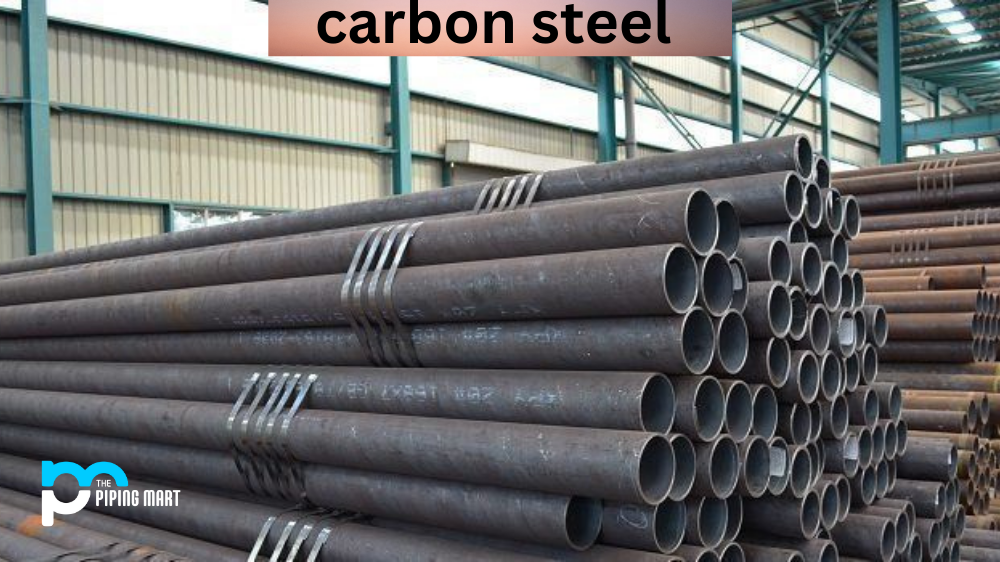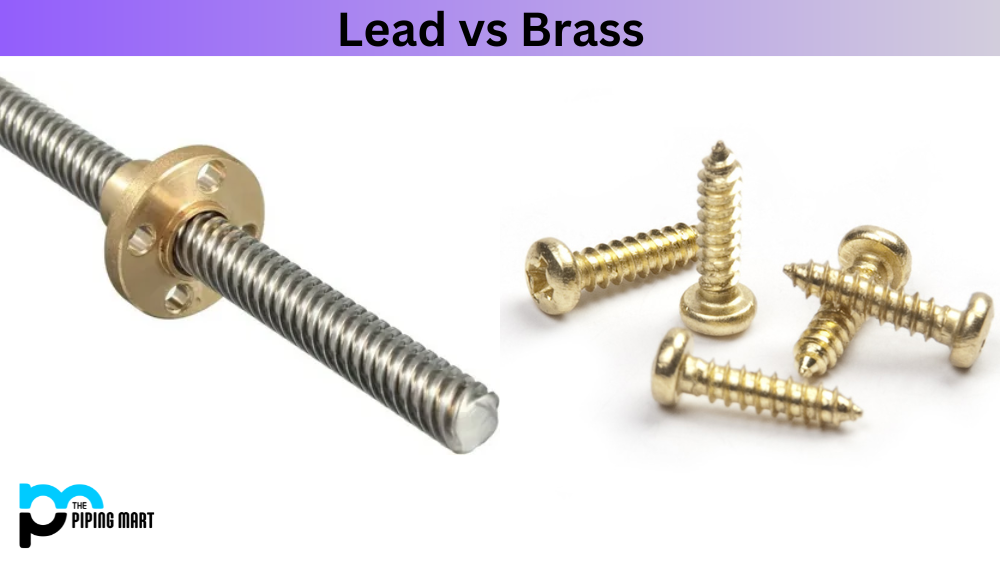Do you ever find yourself wondering what is involved in the production of carbon steel alloys? Not many people understand the complex chemical composition and properties of this alloy – but when put together, they can create the perfect solution for tailoring your metalworking needs. In this blog post, we will break down these components to help you better understand why Carbon Steel Alloys is an essential part of modern engineering. From its vast versatility to increased durability and strength due to specific elements within its composition, we hope to arm you with vital information about how a single alloy can serve multiple purposes. Let’s get started!
High Carbon Steel Composition
High-carbon steel contains more than 0.6% carbon, which makes it extremely strong and hard-wearing. It also comes with a higher melting point, making it well-suited for welding and forging applications. However, this strength does come at a cost; high-carbon steel is quite brittle and can be prone to fracturing or chipping when exposed to shock or extreme forces. This means that it’s not suitable for applications where these factors are present.
High carbon steel is often used by metalworkers because of its excellent strength-to-weight ratio, allowing them to craft intricate pieces with ease. The increased hardness also helps create sharper edges on tools such as cleavers and knives, while the high melting point makes it ideal for welding operations as well as forging processes like hammering out metal shapes or objects. Additionally, high-carbon steels don’t corrode quickly when exposed to water or moisture — making them perfect for outdoor applications such as cutlery or garden tools that will be exposed to rain or humidity regularly.
Low Carbon Steel Composition
Low-carbon steel has a much lower concentration of carbon — usually less than 0.3%. This makes the metal softer than its high-carbon counterpart but still strong enough for many everyday uses, such as forming structural components in construction projects or manufacturing machinery parts like shafts or gears. Low carbon steels are also less brittle than high carbon steels — meaning they won’t crack or chip easily under pressure — so they can be used in applications involving shock loads without fear of damage occurring to the material itself. Low-carbon steels are also easier to work with due to their increased malleability, which allows for greater flexibility when forming shapes from the raw material into finished products like pipes or rods. Additionally, low-carbon steels are much cheaper than their high-carbon counterparts since they require less refining during production — making them great value for money!
Conclusion
High and low carbon steel both have their advantages and disadvantages when it comes to crafting metallic objects such as tools, machinery parts, and structures, etc., But understanding the differences between these two types of alloy will help you make an informed decision on which one is best suited for your particular project and application needs! With this knowledge in mind, you can confidently choose either low or high-carbon steel depending on what type of strength you need—be it extra durability or malleability—and get started on any project with confidence!

A passionate metal industry expert and blogger. With over 5 years of experience in the field, Palak brings a wealth of knowledge and insight to her writing. Whether discussing the latest trends in the metal industry or sharing tips, she is dedicated to helping others succeed in the metal industry.




